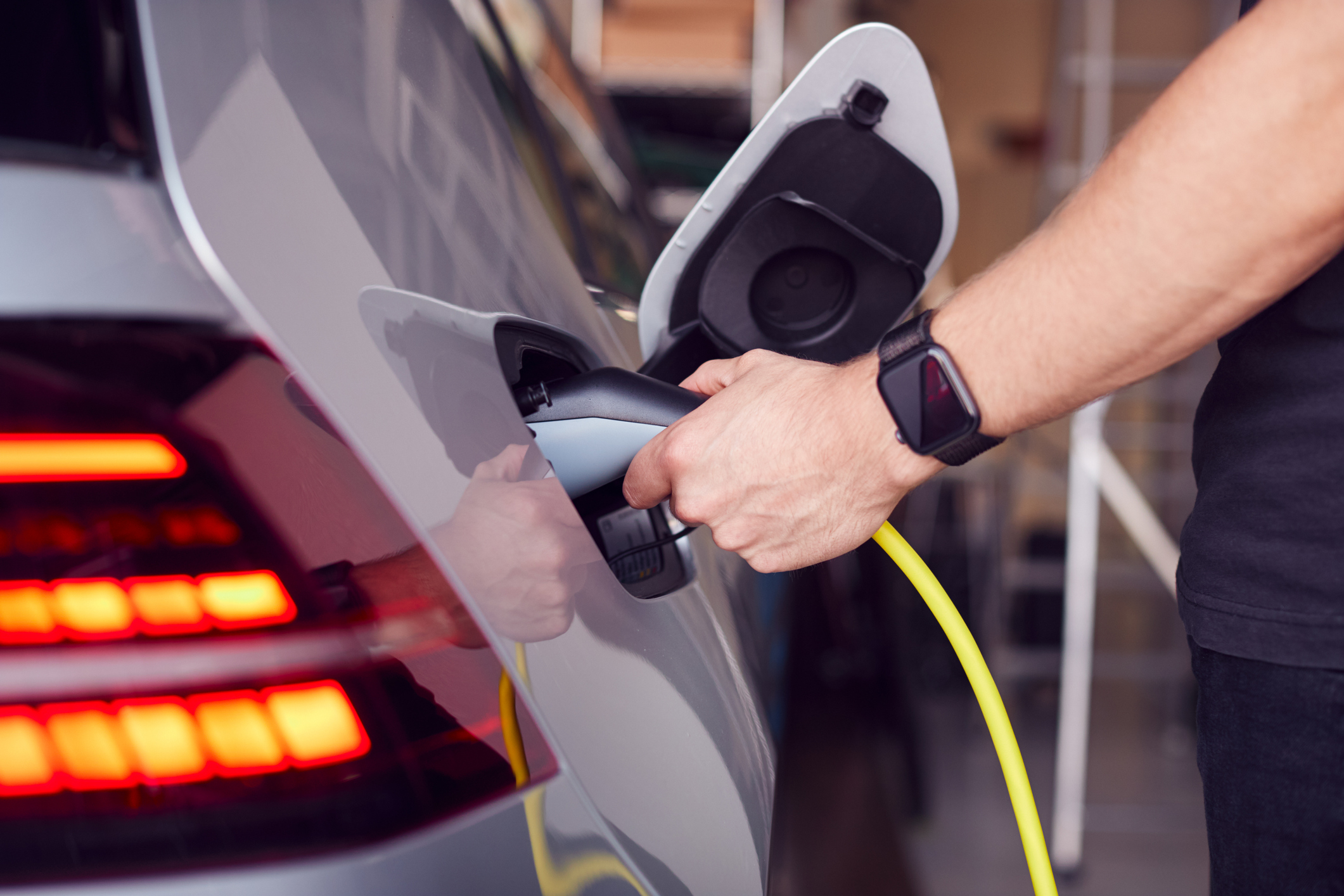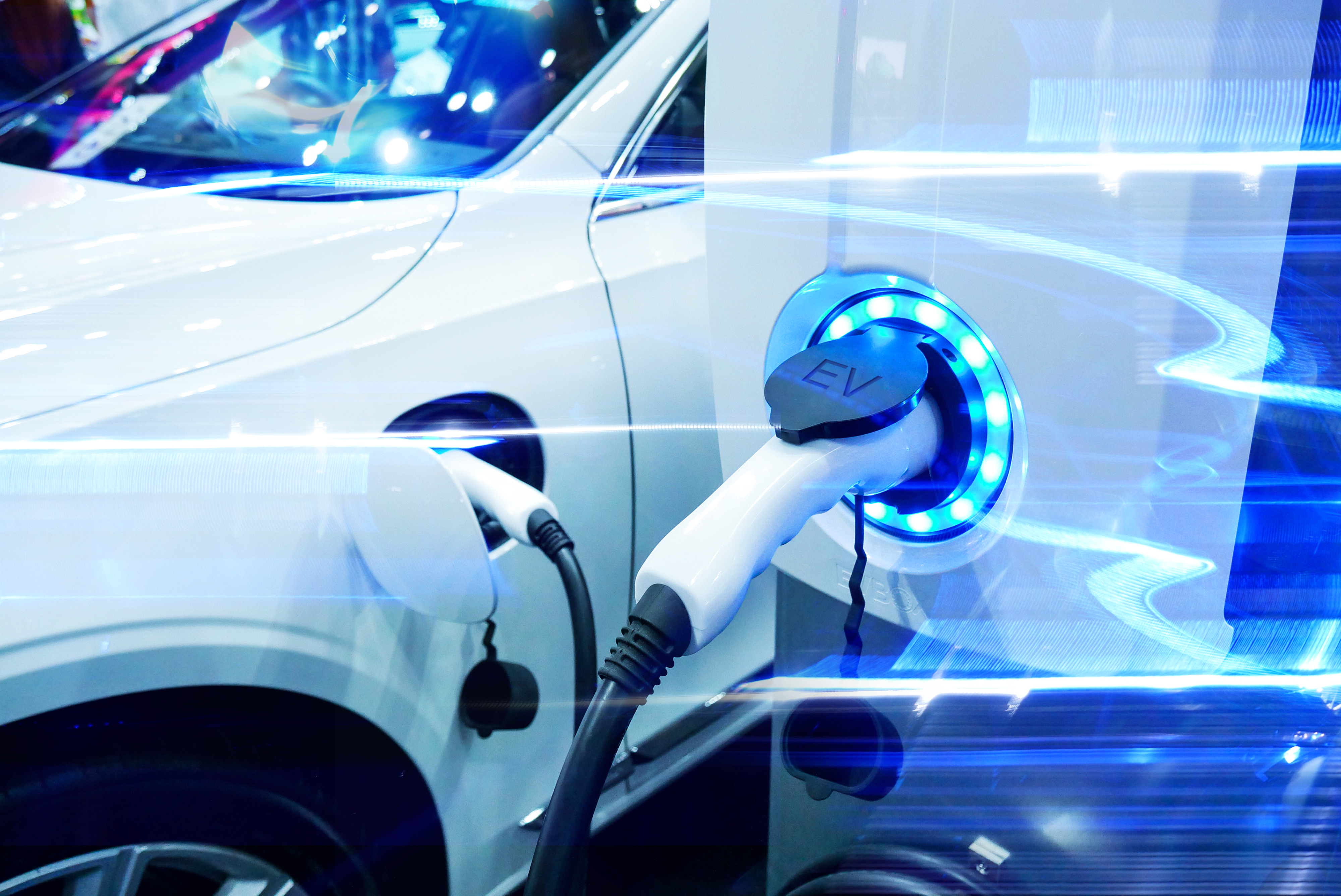Operating leases help drive adoption of EVs to meet emissions targets in New Zealand

Government incentives designed to advance the uptake of electric vehicles to meet emissions targets are prompting new ways to finance business fleet upgrades, according to Paul Blake of Maia Financial. Paul, who joined the Maia Financial team in New Zealand in August, is bringing his years of expertise in electric vehicle financing and infrastructure to guide clients on the best ways to convert some, or all, of their fleet to suitable electric or hybrid vehicles.
In New Zealand, the government this July announced incentives for citizens to convert to lower-emitting hybrid and electric vehicles and said it will apply an additional surcharge on combustion engine vehicles from April 2022. It announced a NZD$8,625 rebate on the purchase of a new EV and a NZ$5,750 rebate on a plugin hybrid, under NZD$80,000 (ref) .
Businesses in New Zealand, both large and small, now have even more reason to accelerate their adoption of hybrid and electric vehicles. As a result, they are looking to operating leases as a way of financing this evolving technology and upgrade their fleets. In addition, many companies have environmental and sustainability targets of their own and need to cut emissions from transport activities to meet them.
Electric vehicles and their associated charging stations represent a large initial investment for companies and with the technology evolving quickly, they present with suitable characteristics for an operating lease. Operating leases, which are effectively the same as renting the asset, avoid ownership risk on depreciating assets and allow operators to replace and upgrade equipment when suitable for the company.
“This is a very efficient way to approach the trialling of new vehicles for a business,” says Paul, whose suggestions for client’s range from power output suitability and need for charging stations, to what type of EV or hybrid vehicle is suited to the operations, including the potential adoption of used vehicles.
And it’s not only lower emissions and better sustainability that matters, once implemented, these new vehicles can cost as little as the equivalent of 31 cents per litre to run versus NZ$2.34 a litre for their fuel equivalents. In addition, they are cheaper to maintain because they don’t have engine oil, a timing belt, spark plugs and other items. A recent study by the US Office of Energy Efficiency and Renewable Energy found the estimated scheduled maintenance cost for a light-duty EV was 6.1 US cents per mile compared with 10.1 US cents per mile for an equivalent combustion engine vehicle (ref).
Wholistic approach to financing
This guidance can assist business operators when approaching this new, and often costly, technology. It can also allow for the ordering, planning, and purchasing of EVs and infrastructure whilst supply remains constrained due to the pandemic’s impact on production and the tight supply of lithium, needed in their manufacture.
Paul can introduce clients to sustainability experts to evaluate business needs. He can also provide guidance on vehicle options to suit specific business purposes – from hybrid, plug-in hybrid or electric and offer applicable lease terms.
“EVs are an obvious choice when it comes to reducing carbon emissions for companies,” says Paul. “We can work with organisations on ways to incorporate EVs and hybrid vehicles to meet their emissions targets and help them with planning from purchase through to the vehicles’ return,” he adds, saying that a typical operating lease for the vehicles is from 36-45 months.
The range the vehicles will travel is a key factor in choosing the type, says Paul, and adds that companies often want to start experimenting with certain vehicles to see that they meet their needs and employees are comfortable driving them.
There’s a reasonable barrier to entry with the cost of a new EV still far greater than a fuel-powered vehicle. Leasing therefore becomes a good option. EVs produce no emissions and are a bonus to organisations chasing ambitious carbon targets. Hybrid vehicles will reduce emissions and save on fuel costs.
Where to start
Maia Financial recently helped arrange vehicles and financing for a large corporate in New Zealand with the goal of meeting new sustainability targets. Paul helped the operators decide which vehicles were suitable and how far they would need to travel. He was able to provide the comparison of carbon emissions for EVs, plug-in hybrids and hybrid vehicles and the respective saving in fuel costs for the period of the lease.
“A lot of people don’t know where to start. They don’t know which brands are more reliable, and what type of vehicles will suit their needs since this is very new territory,” Paul says.
At end of a lease period, if the clients still like the vehicles they can opt to extend the operating lease while awaiting a newer replacement. New leases can be taken out on newer models with more advanced technology.
With a large backlog of orders for new EVs in New Zealand, hybrids and plug-ins are seeing strong demand as alternatives, Paul says.
“There is a big waitlist for these vehicles, so people really need to plan ahead. It can take upwards of three-to-four months for a vehicle to arrive.”
With government incentives for uptake and charging infrastructure improving all the time, EVs and hybrids look set to take over as the dominant private and fleet transport in New Zealand. Planning financing and leasing of these assets will see companies save on fuel and meet green targets.
If you would like to speak to learn more about benefiting from the New Zealand Government incentives, please reach out to Paul Blake - your local expert in Electric Vehicles.
Found this article interesting? To keep up to date with our articles and regular newsletters, please complete our form here

